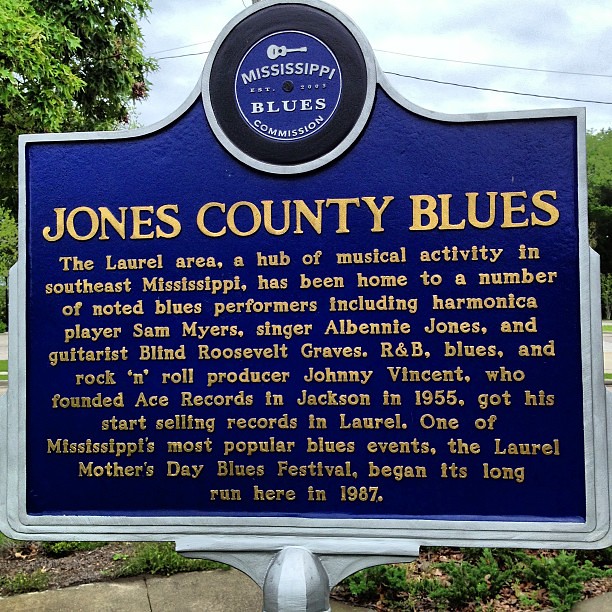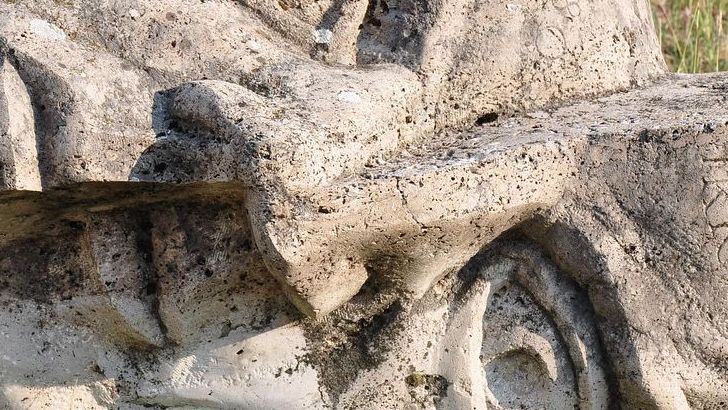Whispers from the Crossroads of Pain and Song
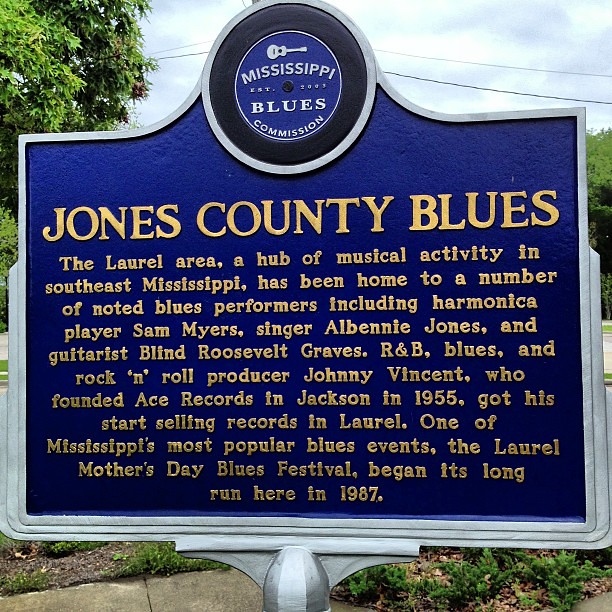
Mississippi’s forgotten corners hold more than dusty highways and cotton fields. To celebrate and commemorate the state’s musical history, the Mississippi Blues Commission inaugurated the Mississippi Blues Trail in 2006. The trail includes more than 200 interpretive markers – including some beyond the state’s borders – that tell the stories of the bluesmen and women who made Mississippi a beacon for blues music. These scattered markers tell stories that refuse to stay buried, marking places where suffering transformed into something transcendent. Each blue sign stands as testimony to the American contradictions written in twelve-bar verses.
The Cinder Block Cathedral of Bentonia

This squat, cinderblock building in Yazoo County is the oldest active juke joint in the state of Mississippi. There’s no stage—those brave enough to pick up a guitar in such a storied juke stand on the floor or sit in a chair to play. The Blue Front Café opened in 1948 under the ownership of Carey and Mary Holmes, an African American couple from Bentonia. In its heyday the Blue Front was famed for its buffalo fish, blues, and moonshine whiskey. The windowless interior creates its own universe where time stops and blues legends still feel present. Jimmy picked up a GRAMMY Award® nomination for his 2019 album Cypress Grove which brought more notoriety to the Bentonia school of blues, but the pandemic has upset the regularity of performances. Shows are back to a more-or-less impromptu basis, but if you show up and hang out long enough when Jimmy’s there (and he’s always there), he just may pick up a guitar and start strumming anyway.
Parchman Farm’s Dark Musical Legacy
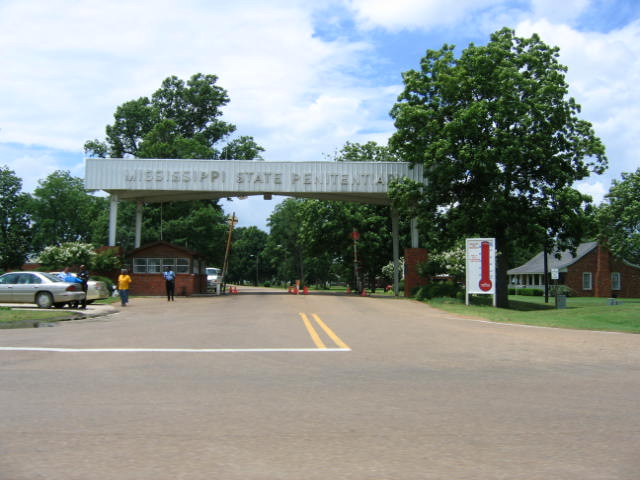
Mississippi State Penitentiary (MSP), also known as Parchman Farm, is a maximum-security prison farm located in the unincorporated community of Parchman in Sunflower County, Mississippi, in the Mississippi Delta region. Occupying about 28 square miles (73 km2) of land, Parchman is the only maximum security prison for men in the state of Mississippi, and is the state’s oldest prison. It was during this period that it housed some of its most famous prisoners: Elvis Presley’s father Vernon was imprisoned in 1938 for “check forgery,” and blues singers Bukka White and Son House for dubious claims of violence. After his release, White composed his famous “Parchman Farm Blues,” which warned young men about the horror of the prison. The prison became an unlikely recording studio when Folk song collectors John and Alan Lomax visited Parchman Farm in 1933, during a recording trip across the Southern states of the US. Today, The Mississippi State Penitentiary at Parchman could be forced to shut down by 2028 under a bill filed by the Senate Corrections chairman.
The Vanished Juke Joint Kingdom of Highway 61
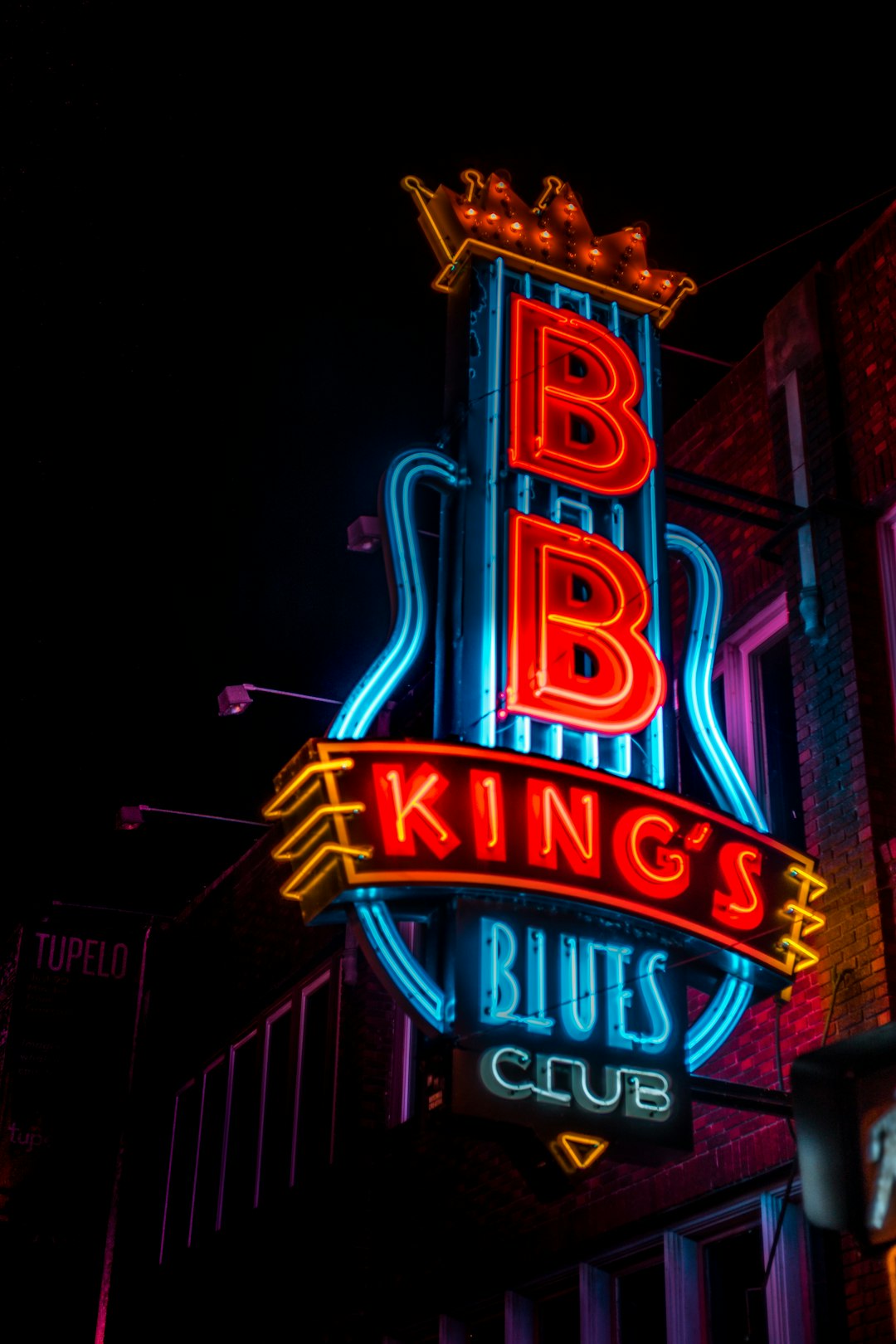
The Southland Music Line continues our Mississippi Blues Trail Series at the site of the former Harlem Inn once located on Highway 61 in Winstonville, Mississippi. Harlem Inn was once a highly sought-after venue where national touring blues musicians performed. As the Harlem Inn was about to celebrate its 50th anniversary in 1989, a fire cut short the life of this beloved blues venue. The exact cause of the fire was unclear, though either arson or a lightning strike was considered the most probable reason. Like many other venues along the historic blues highway, the Harlem Inn exists now only in memories and a single marker. Legendary performers, such as Howlin’ Wolf, B. B. King, and Muddy Waters, played at the venue, as well as up-and-coming artists like Ike and Tina Turner.
Dockery Farms: Where Cotton Rows Became Concert Halls
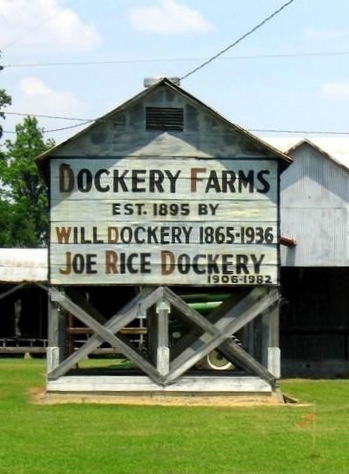
Considered to be the birthplace of the blues, Dockery Farms was an 1895 cotton farm where a number of blues performers worked. Among them were Charley Patton and Howlin’ Wolf. Today the buildings have been preserved as a reminder of that time, including the cotton gin. Walking these preserved grounds today, you see where sharecroppers bent over cotton plants while humming what would become the foundation of modern music. The juxtaposition remains stark – this place of exploitation gave birth to an art form that would eventually conquer the world. Start your visit at the former gas station, which has a video about the farm.
Jackson’s Hidden Musical Soul
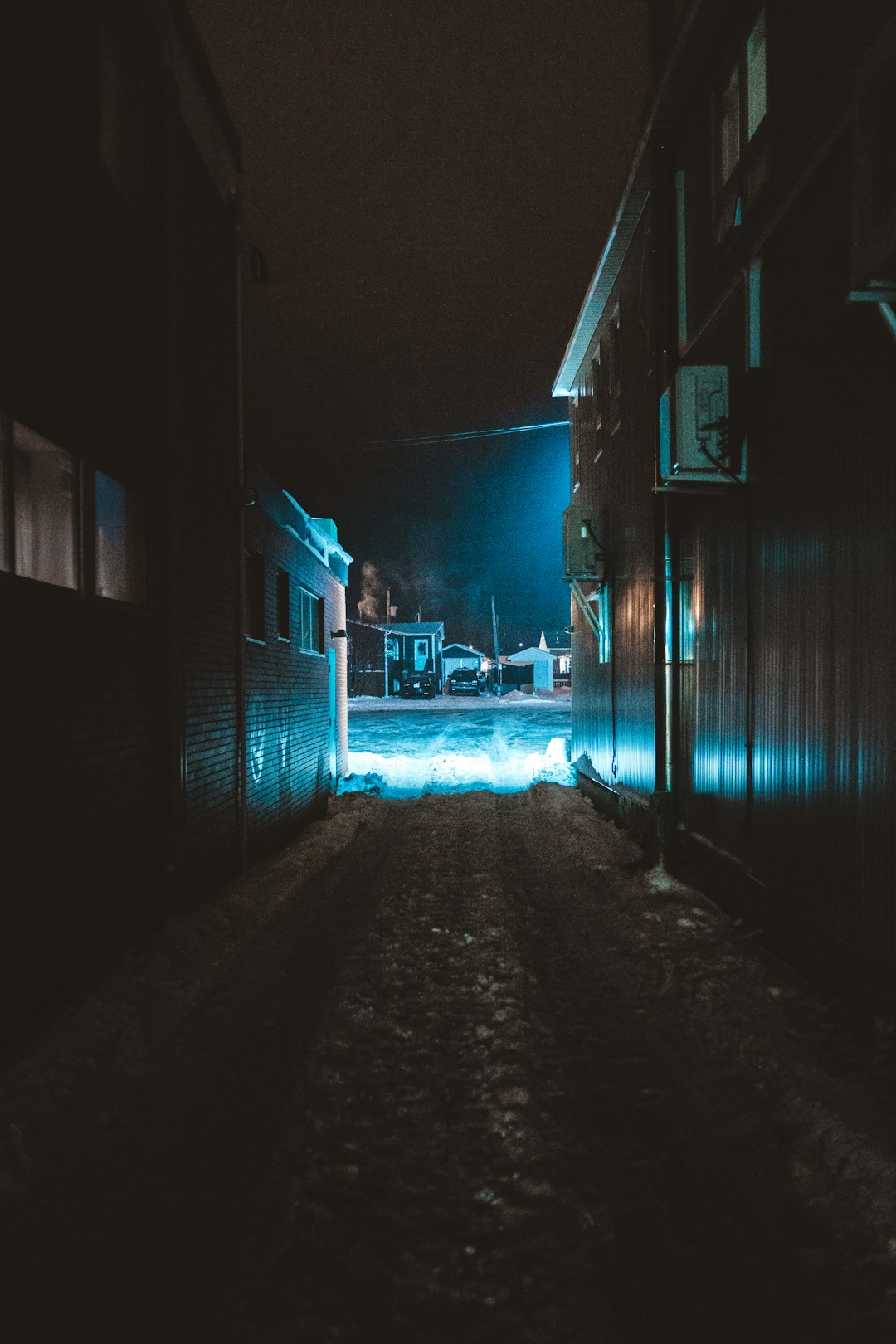
Jackson may be Mississippi’s capital, but its blues story runs deeper than politics. The Farish Street District once thrived with music, culture, and resistance. Today, its crumbling bricks still whisper the songs of those who walked there. The district tells a different story than the polished political narratives, one written in faded signs and boarded storefronts. Malaco Records still operates behind unassuming walls. It helped shape the deep soul blues sound and gave space to voices that might’ve been ignored elsewhere. The studio remains a heartbeat that never stopped. The contrast between the state capital’s official image and its raw musical legacy creates a fascinating tension that few visitors ever discover.
The Living Museum of Clarksdale’s Crossroads
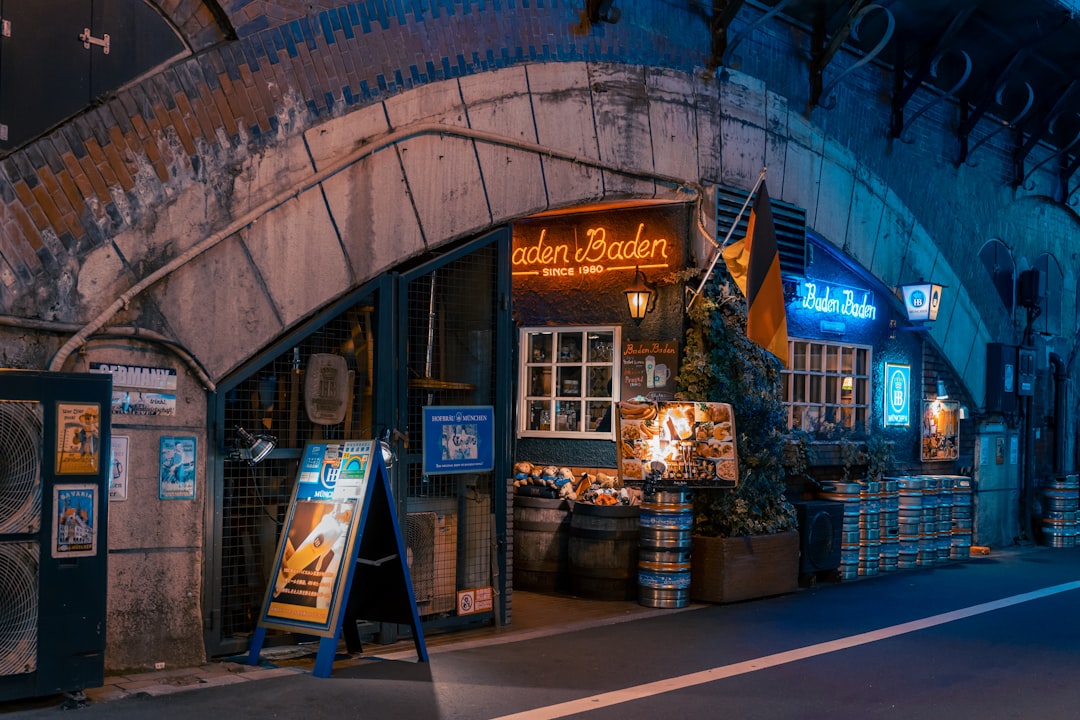
Continuing on Route 61 South, you’ll arrive in Clarksdale, a significant blues hub. The Delta Blues Museum is a vibrant stop along the trail. Here, you can find an exhibit dedicated to Muddy Waters, including his actual childhood home. But Clarksdale offers more than museum displays – it pulses with living blues culture. Known as the official juke joint in Clarksdale, Red’s Lounge is a local mainstay for live music. The town embodies the blues trail’s most essential quality: it’s not just about preserving history, but keeping it alive. Early one morning, I was out taking photos in downtown Clarksdale, Mississippi (population 14,000). I was blatantly j-walking, but otherwise minding my own business, when an older man slowed down his beat-up truck to yell out the window at me, “Hey! We’re glad you’re here! You have a good day!”
Tunica’s Gateway to Musical Truth
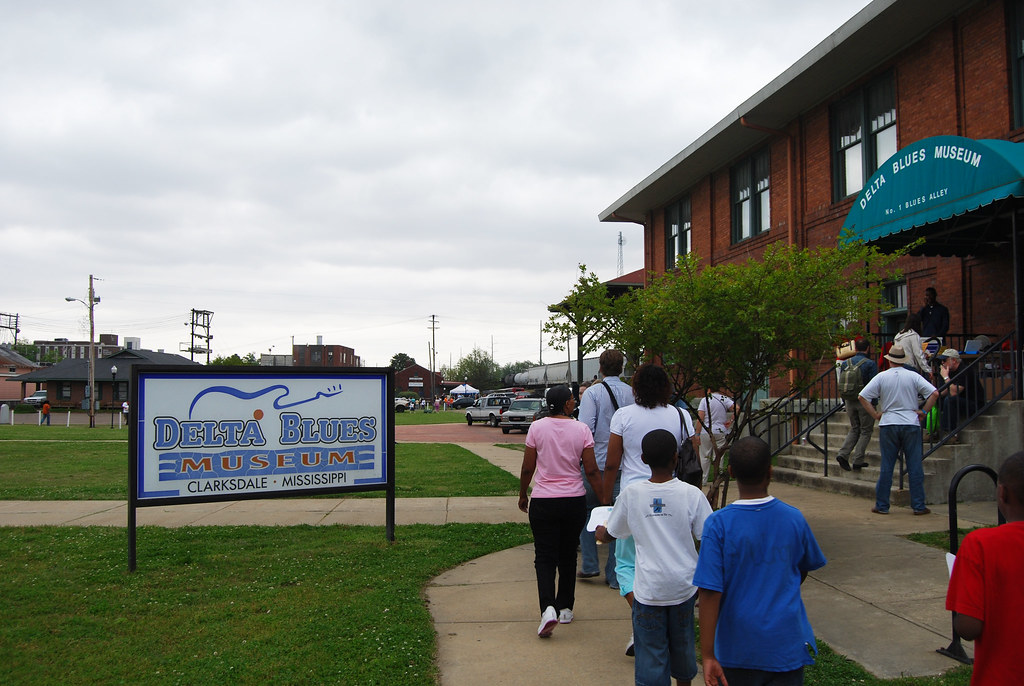
We’ll start with legendary Highway 61, Blues Highway, in Tunica, MS, just south of Memphis. The Gateway to the Blues Museum Visitors Center in Tunica is an old railroad depot and a great place to kick off your trip. This small museum serves as more than an introduction – it’s a preparation for what lies ahead. Whether you are a die-hard fan or new to the blues, this is the perfect place to spend an hour or two learning characteristics of the style, perusing memorabilia, exploring the Mississippi Bluesmen exhibit, and writing a blues song that can be e-mailed to you! The museum is a great way to fuel up on background and context for the rest of the trip. The railroad depot setting feels appropriate, as trains carried so many blues musicians north toward Chicago and fame.
Indianola’s Royal Blues Heritage
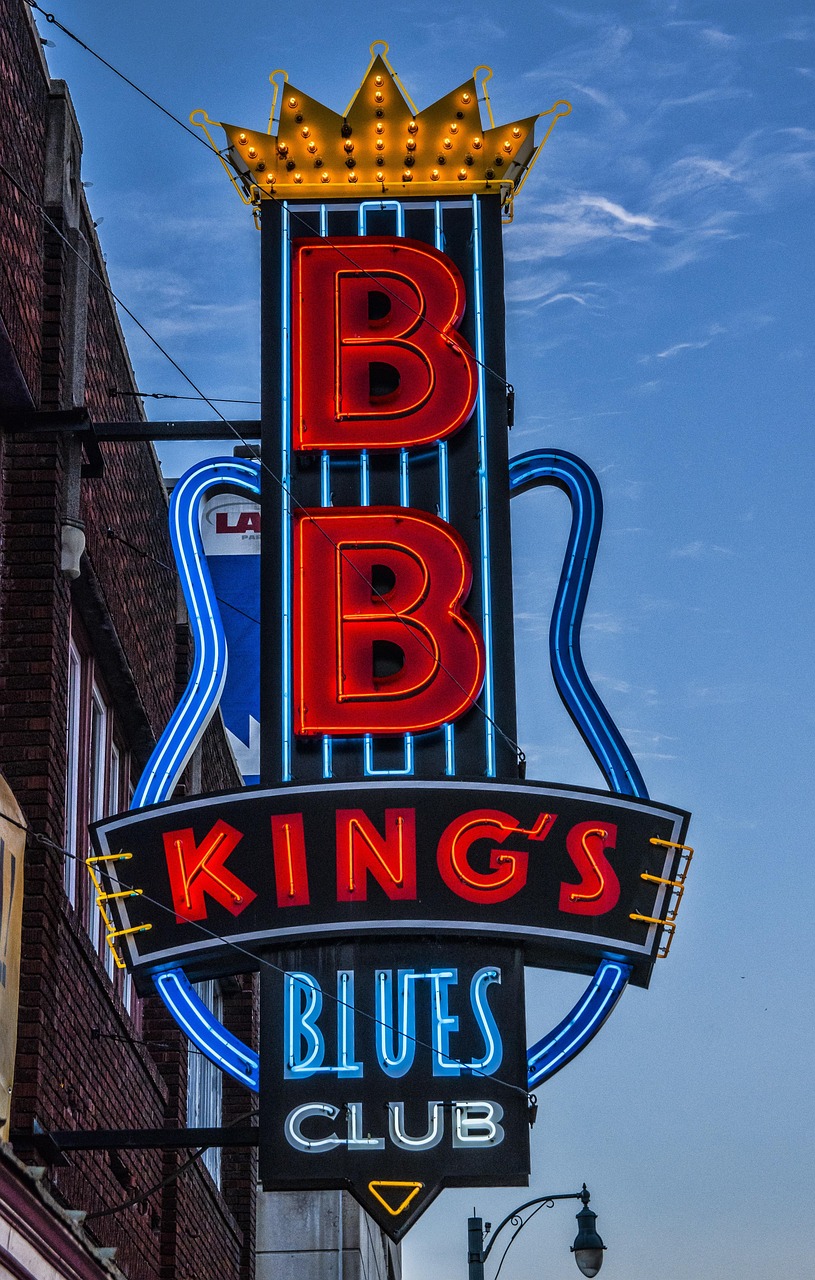
Start by visiting his marker in the small community of Berclair, where he was born, then head to Indianola (the city King called his hometown) to check out the B.B. King Museum and Delta Interpretive Center. This museum represents something unique among blues destinations – it celebrates a figure who achieved international recognition while never forgetting his Mississippi roots. Learn about the incredible musician and his rise from a sharecropping family to an international superstar at the B.B. King Museum and Delta Interpretive Center. The former train depot has items that belonged to him, including his iconic “Lucille” guitars, his button-up shirts, and posters from some of his most famous performances. The museum shows how one man’s journey from poverty to stardom embodies the larger story of the blues itself.
Vicksburg’s Overlooked Musical Secrets
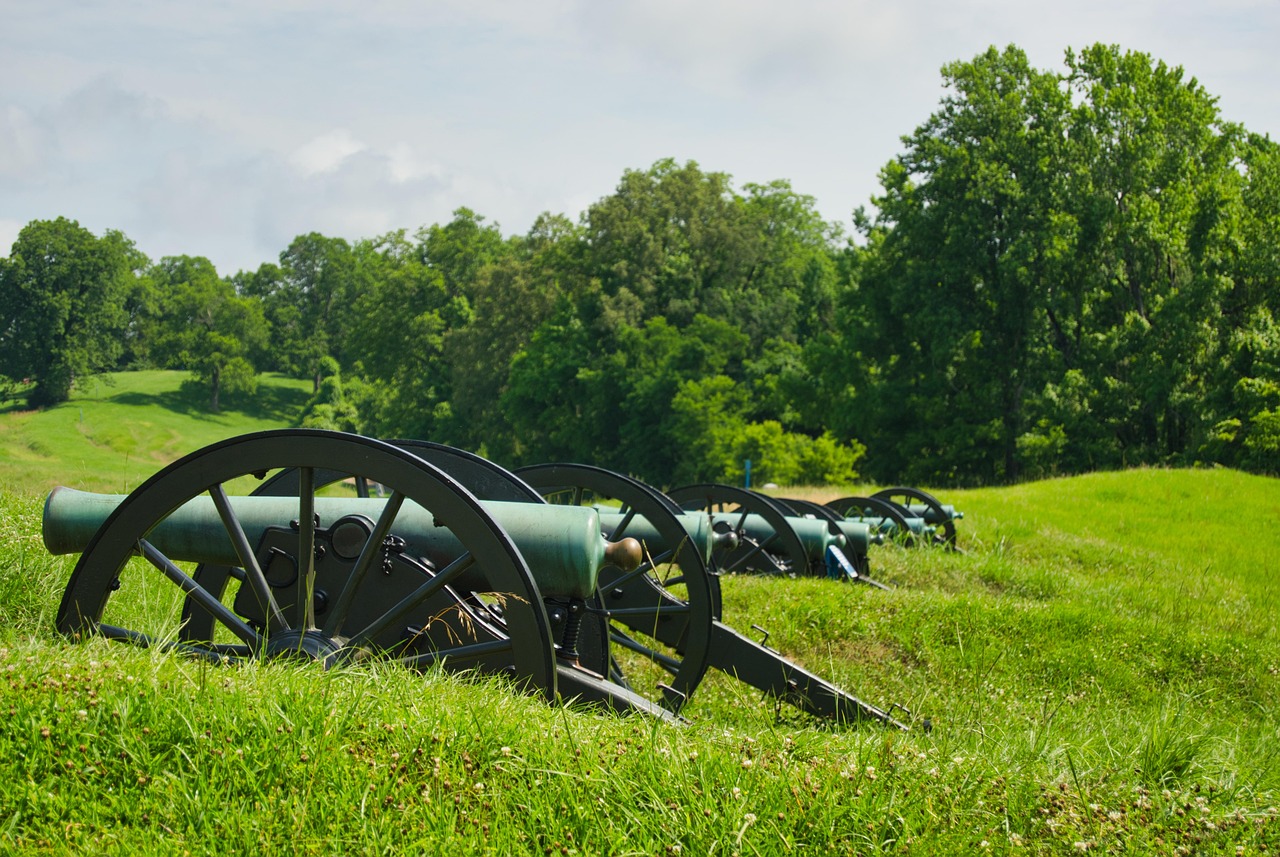
Vicksburg is often remembered for its role in the Civil War, but it holds another legacy, one written in rhythm, not gunpowder. Like many Mississippi cities, Vicksburg’s blues story gets overshadowed by its more famous historical narratives. The city hosted venues and musicians who contributed to the broader blues movement, though their stories remain largely untold. Walking through Vicksburg today, you’ll find traces of this musical past hidden behind the more prominent Civil War tourism industry. These overlooked stories remind us that the blues trail extends far beyond the Delta’s most celebrated spots.
West Point’s Howling Wolf Legacy
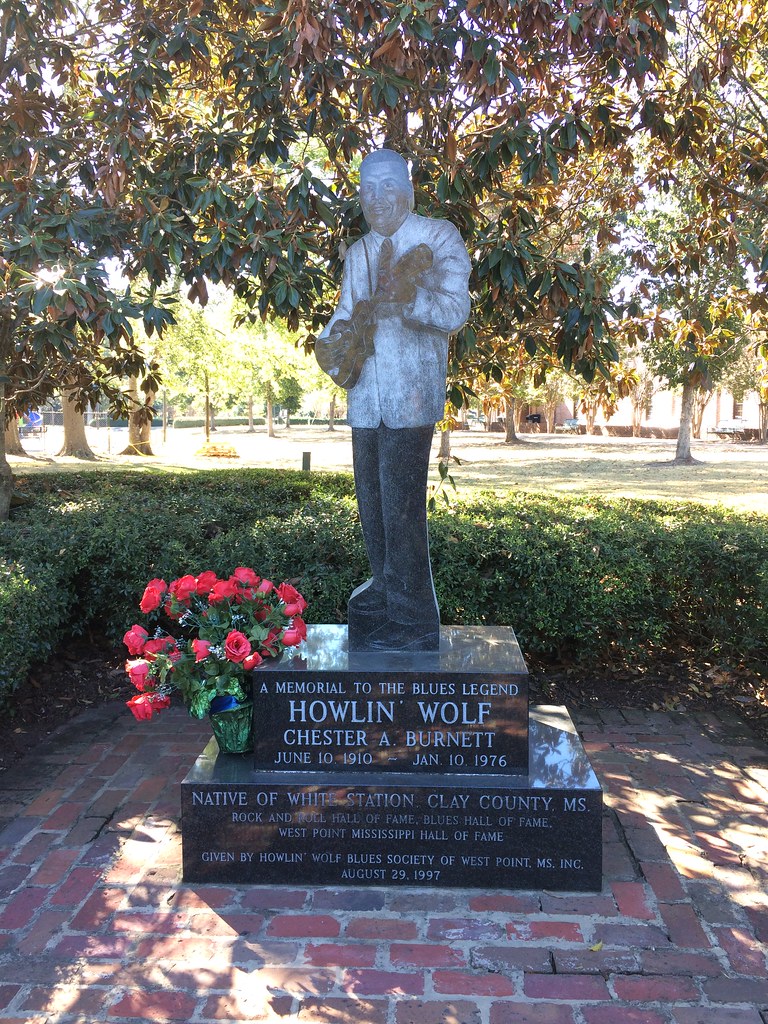
Head to West Point to learn more about Chester Arthur “Howlin’ Wolf” Burnett, widely regarded as one of the most influential founding fathers of the blues genre. Start at West Point City Park, where you’ll find the Howlin’ Wolf Mississippi Blues Trail marker and a statue of Howlin’ Wolf, then visit the Howlin’ Wolf mural on Main Street and the Howlin’ Wolf Blues Museum nearby. The town has embraced its connection to one of blues music’s most powerful voices with unusual enthusiasm. In addition to Howlin’ Wolf, the museum honors other famous musicians such as blues guitarist Hubert Sumlin. West Point shows how smaller communities can celebrate their musical heritage in ways that feel authentic rather than commercialized.
The Scattered Markers of Memory
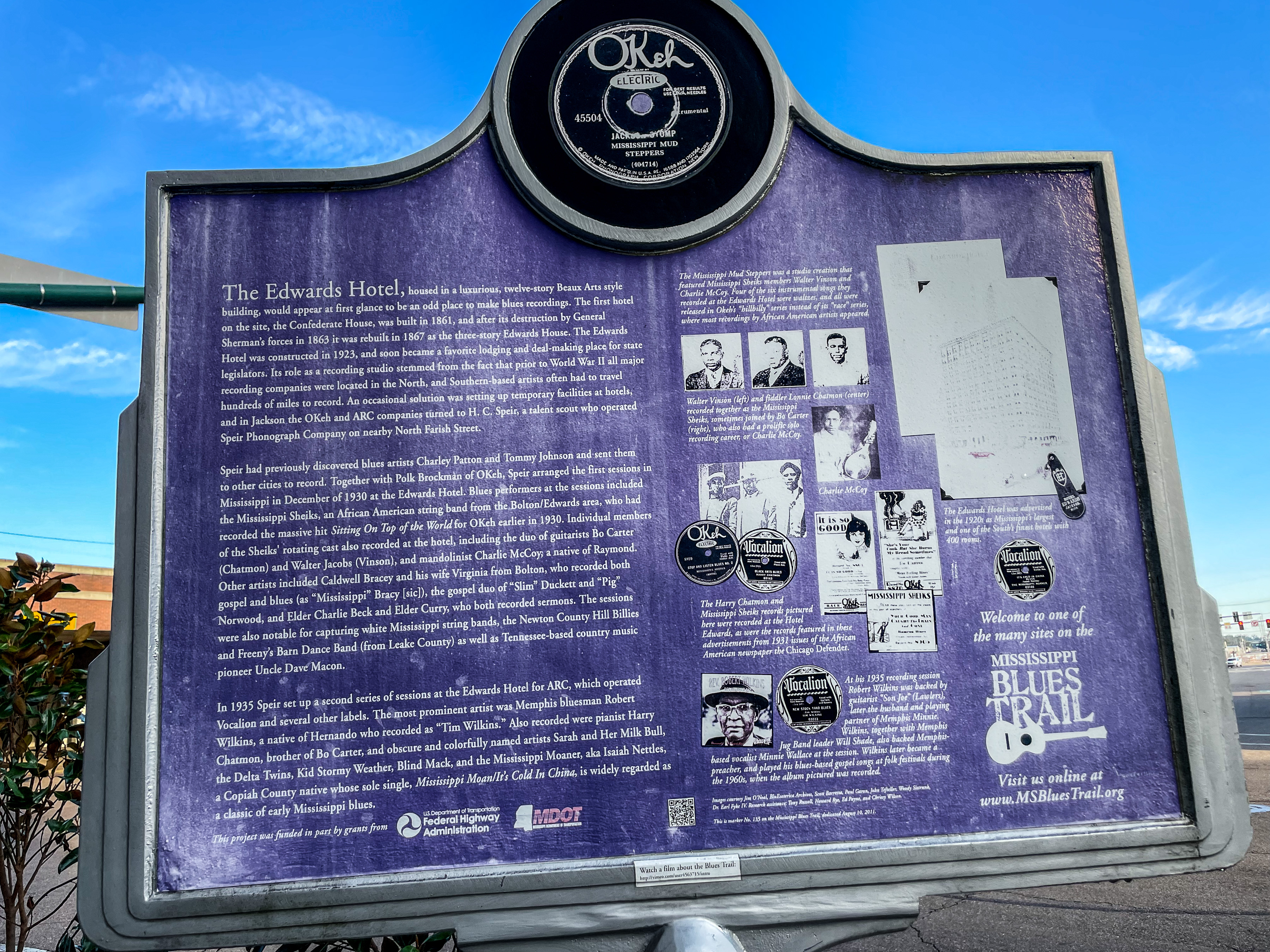
By the end of 2016, the Mississippi Blues Trail had placed nearly 200 markers. They honored individual artists, clubs, record companies, radio stations, and historic events, but also the plantations, streets, cities, and counties that developed as centers of blues activity. Mississippi State Penitentiary at Parchman was also commemorated, as folklorists such as Alan Lomax recorded blues there by inmates (most notably Bukka White) on several occasions, dating to the 1930s. These markers create an unofficial pilgrimage route through Mississippi’s complicated past. Some mark triumph, others acknowledge pain, but all recognize music’s power to transform human experience. The official Mississippi Blues Trail stretches from the Mississippi Gulf Coast through every corner of the state. (There are more than 200 official markers – with a few as far away as San Diego, Maine, Spain and Norway.) But the majority of the Blues Trail is concentrated in the Mississippi Delta, in northwestern Mississippi.
The Trail That Never Ends

The trail is not for show; it’s a tribute to resilience, asking visitors to listen with respect and intention. Mississippi’s forgotten blues trail continues to evolve, with new markers appearing and old venues disappearing. What remains constant is the music’s ability to speak across time and circumstance. These scattered markers throughout Mississippi represent more than tourism – they’re reminders that art can emerge from the most unlikely places and survive the most difficult circumstances. The blues trail runs through Mississippi not just geographically, but spiritually, connecting the pain of the past with the healing power of music. Every marker tells a story, but the real story lies in understanding how these individual tales weave together into something larger than their sum.

